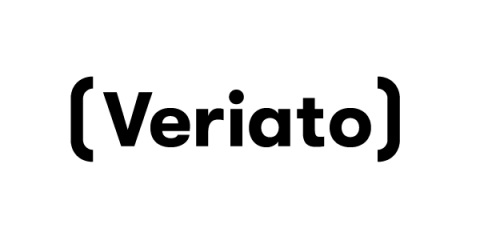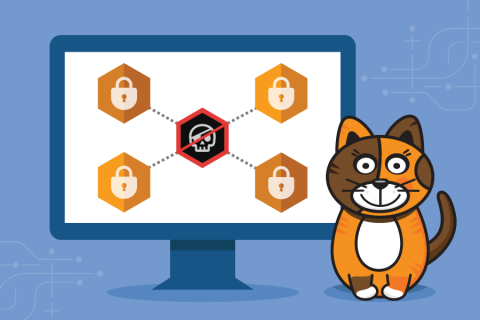Zero Trust Architecture explained
With the increase in frequency, sophistication, and cost of cyberattacks, the global focus on cybersecurity is at an all-time high. However, the goalposts for those tasked with protecting businesses have shifted. Hackers have a growing number of ways they can compromise a business and are frequently looking to move laterally within an organization, using credentialed (and often elevated) access.





